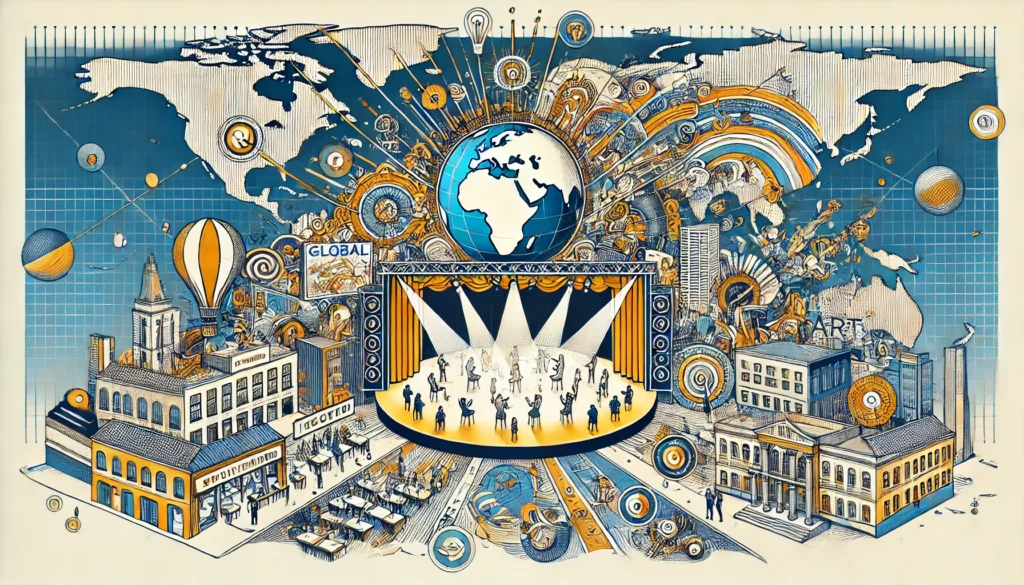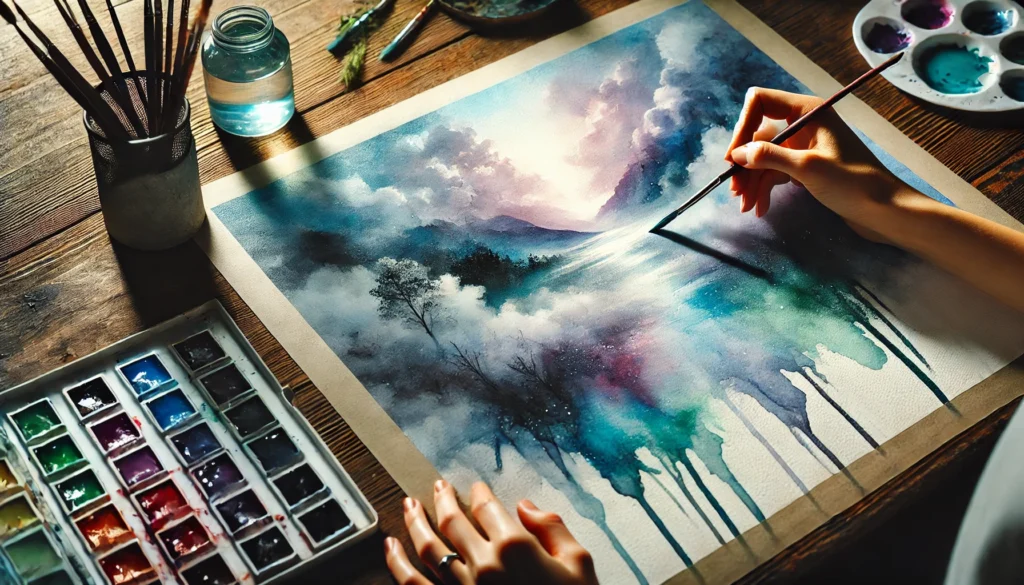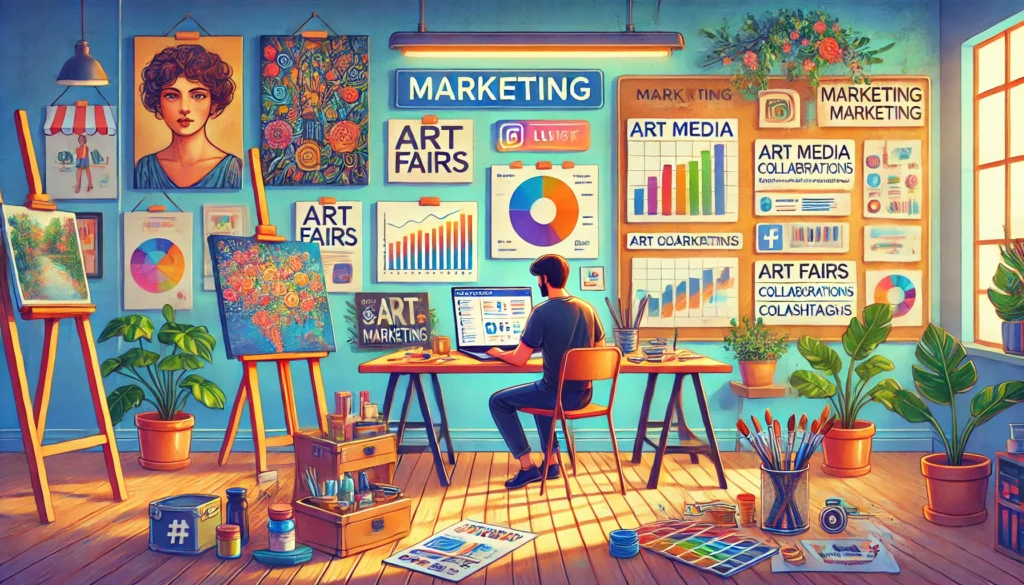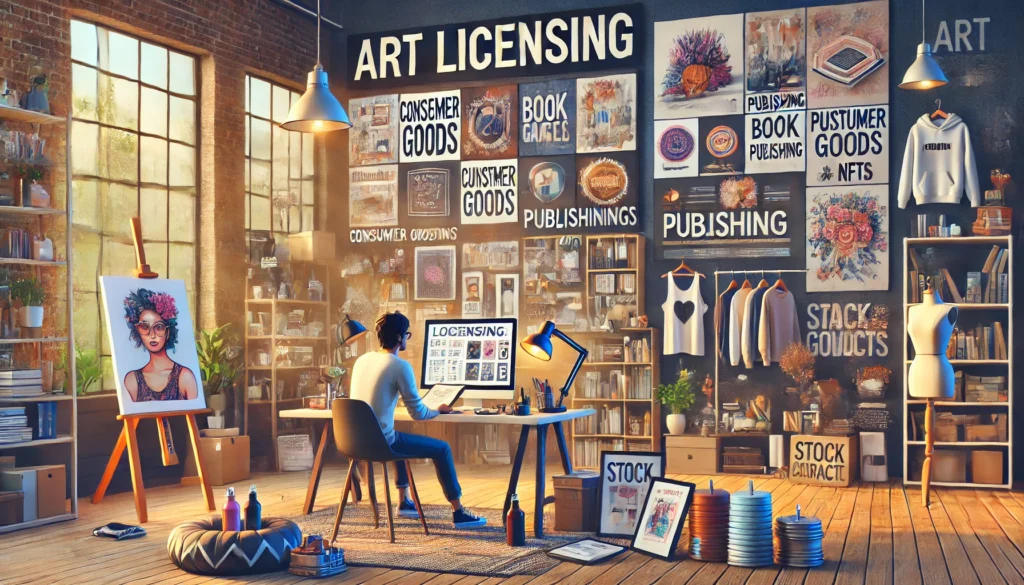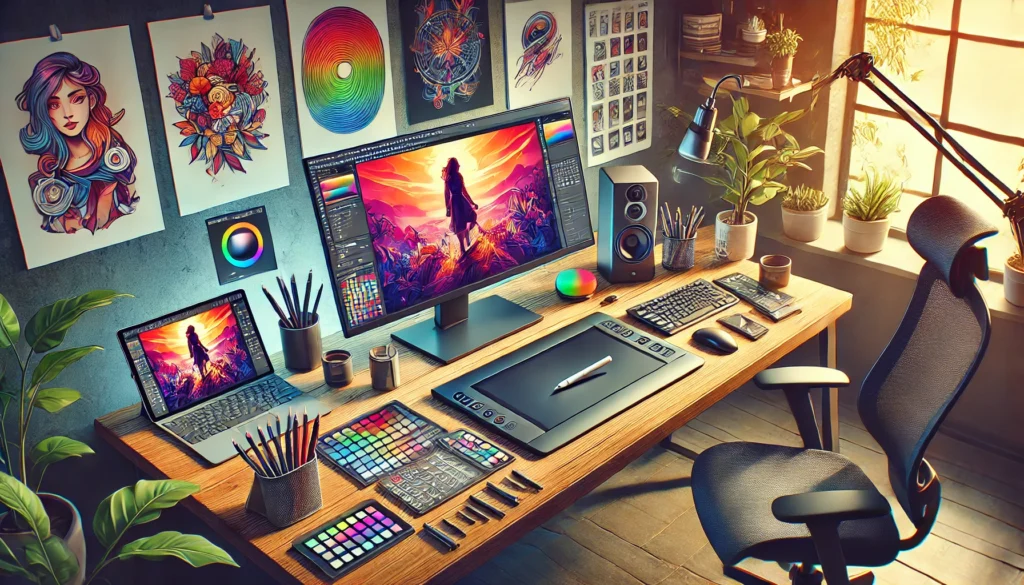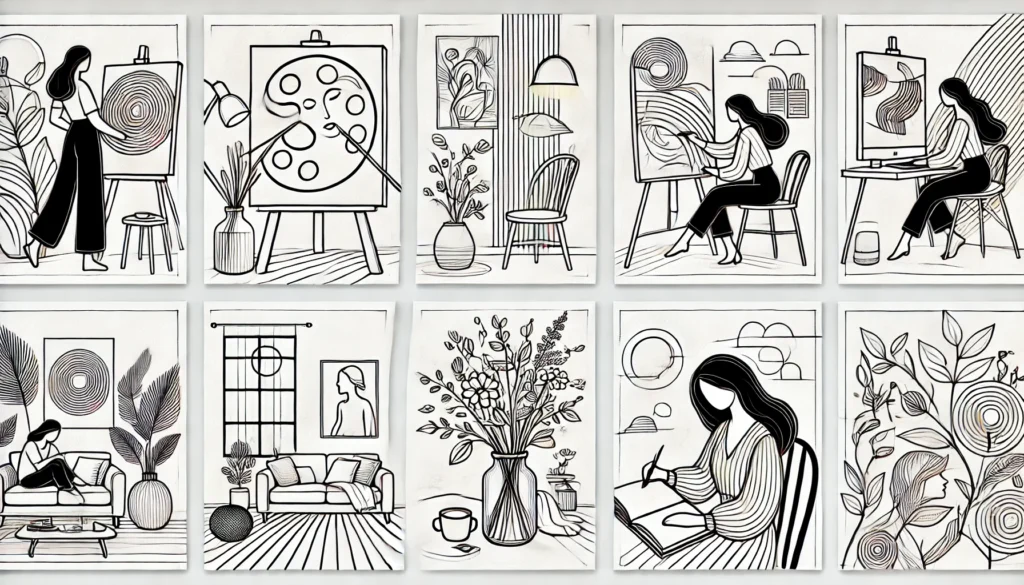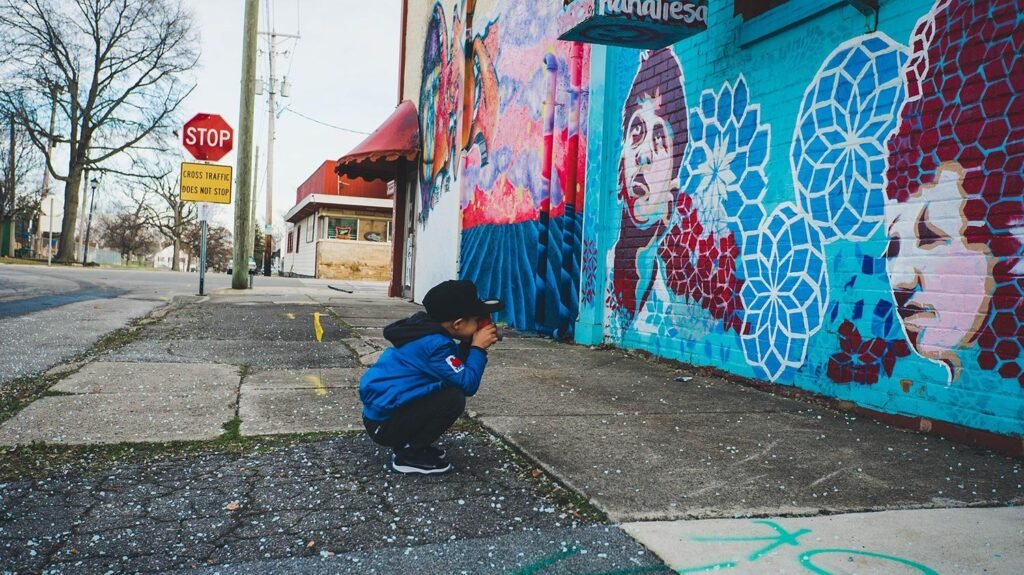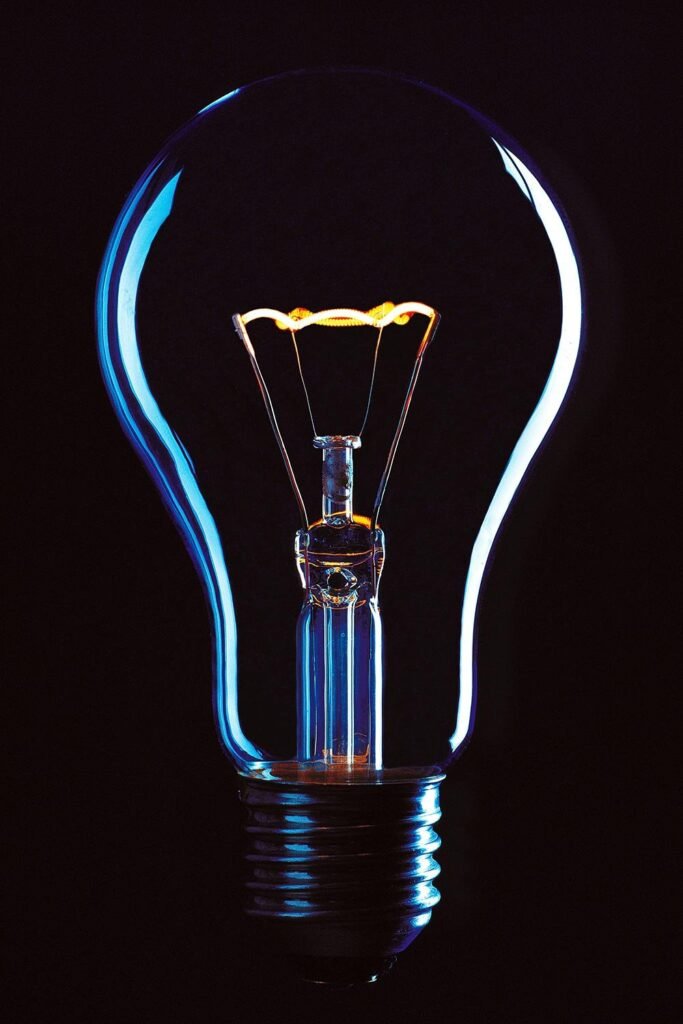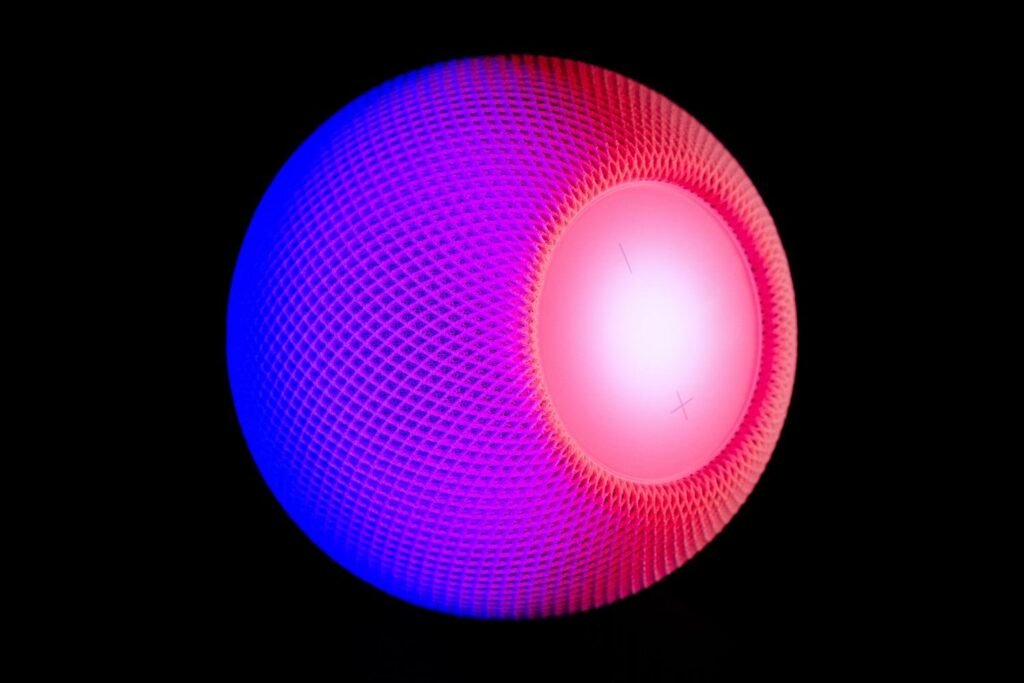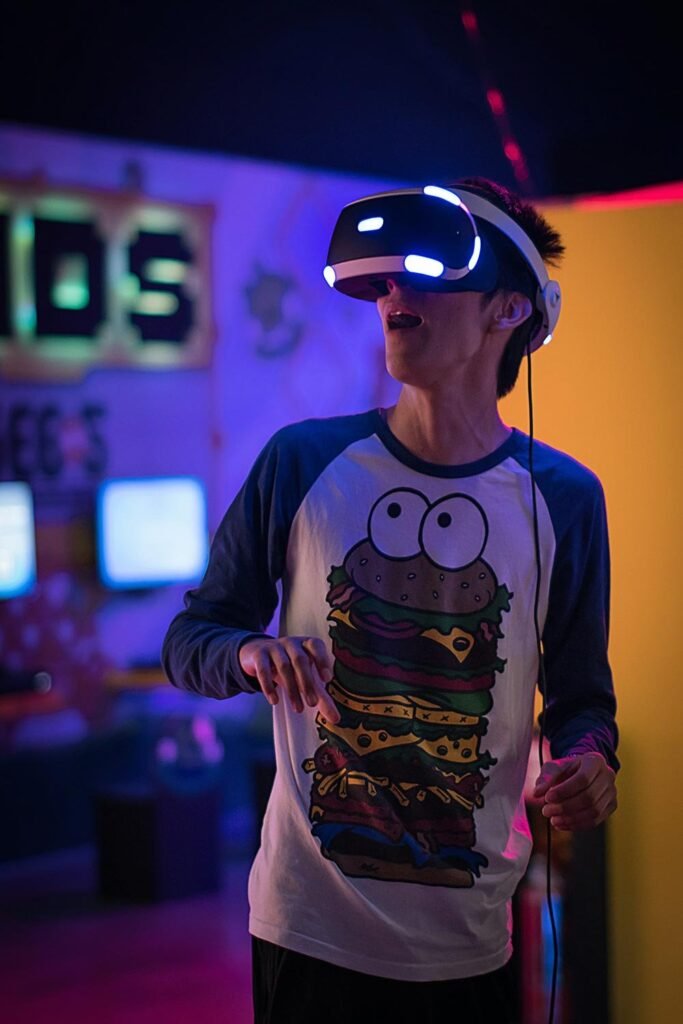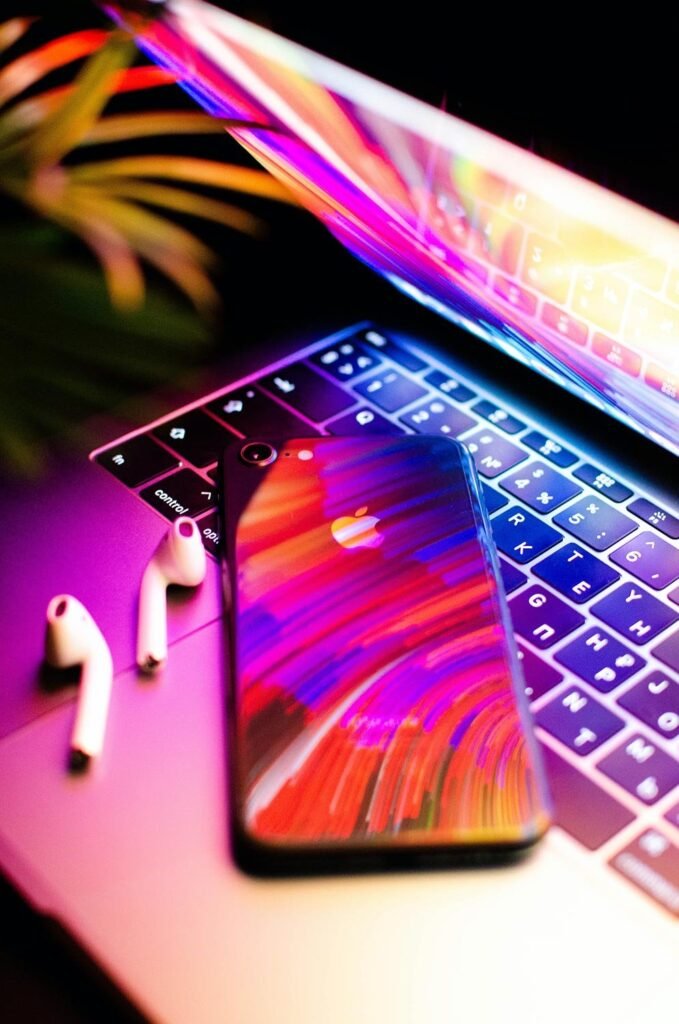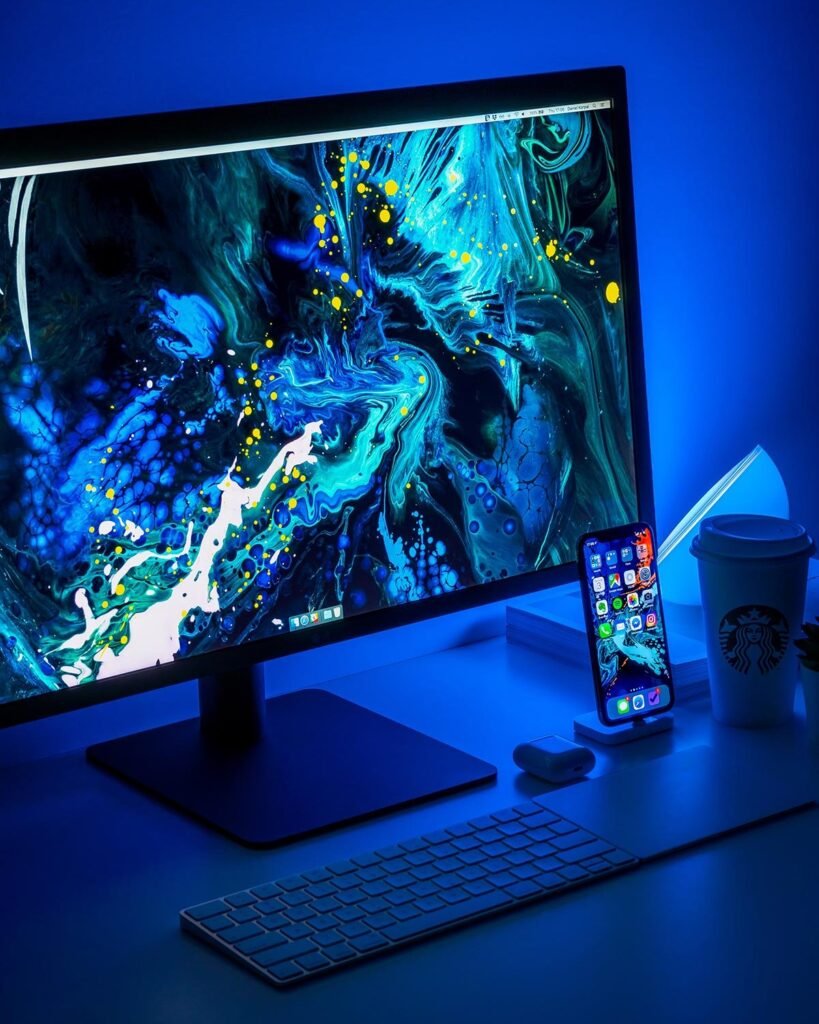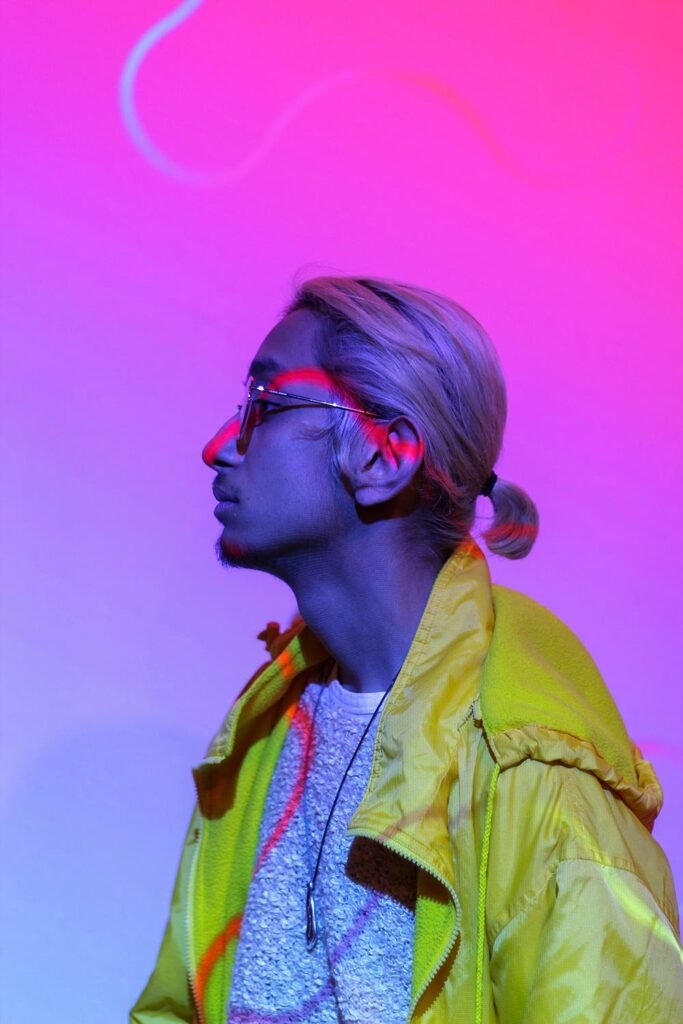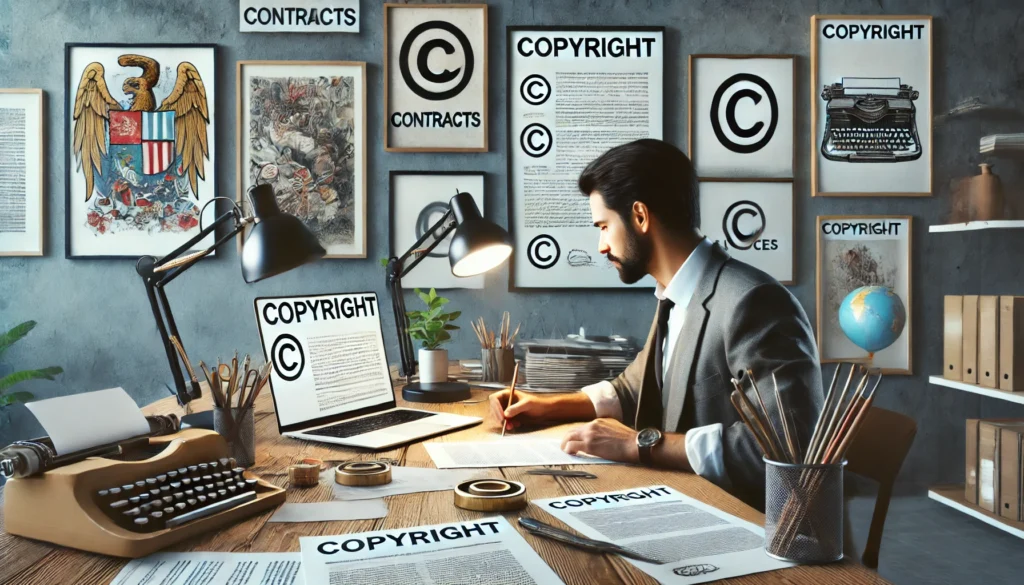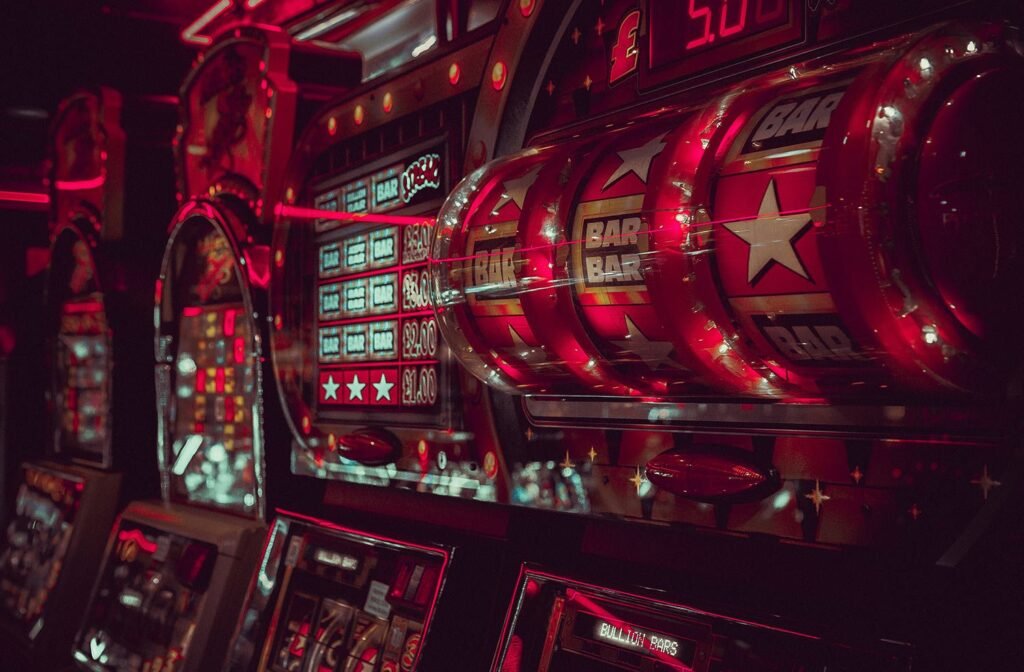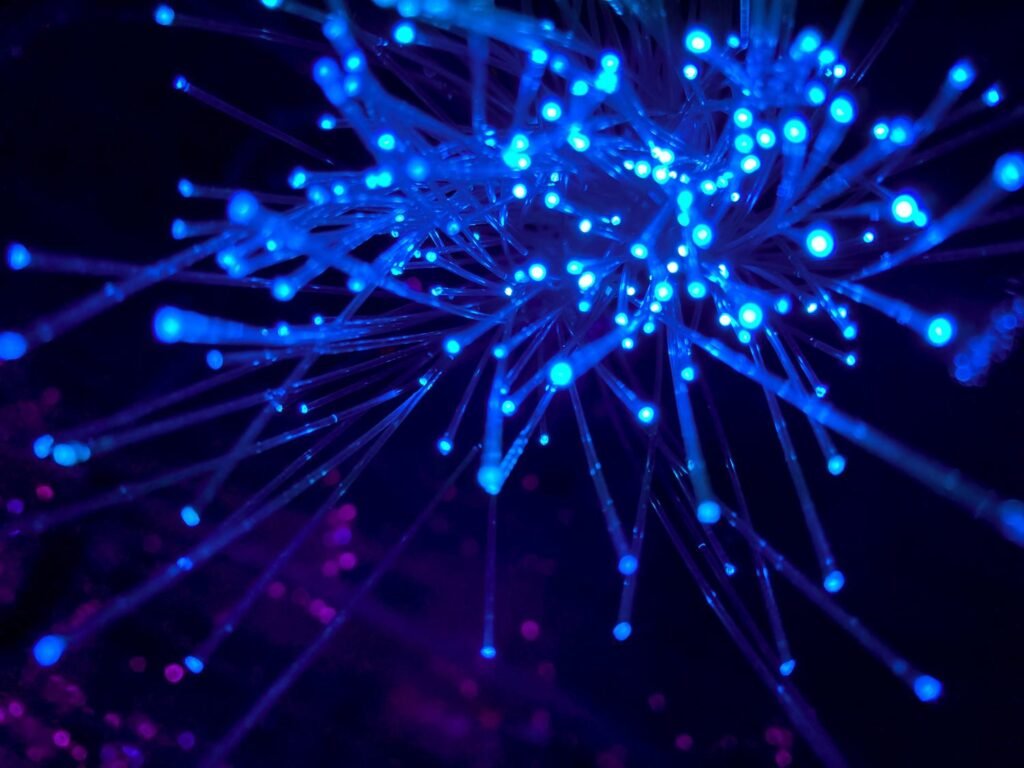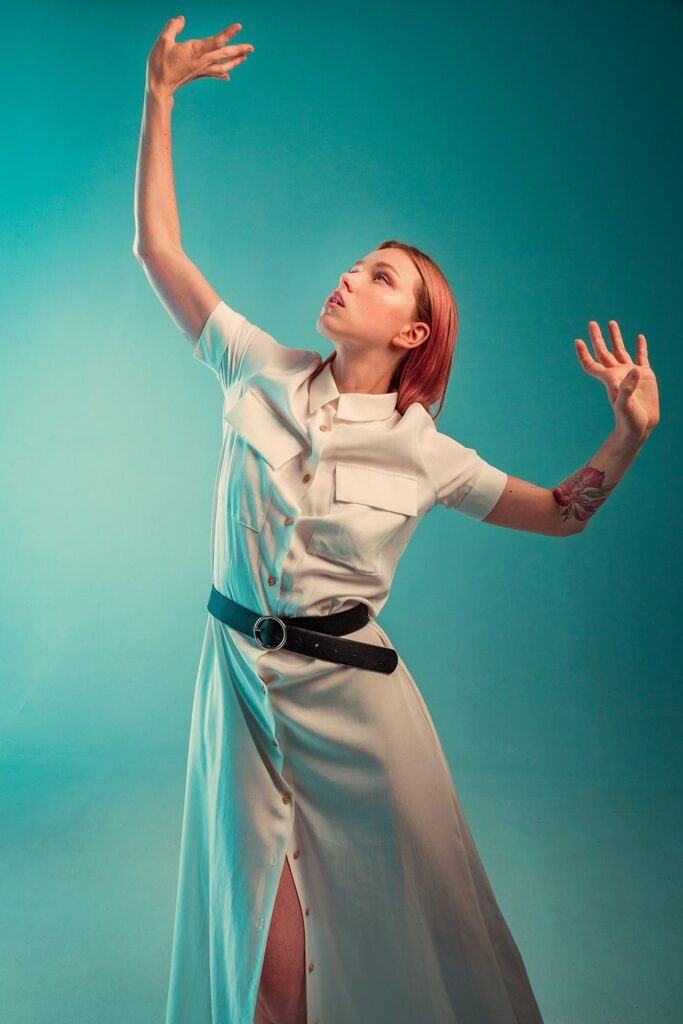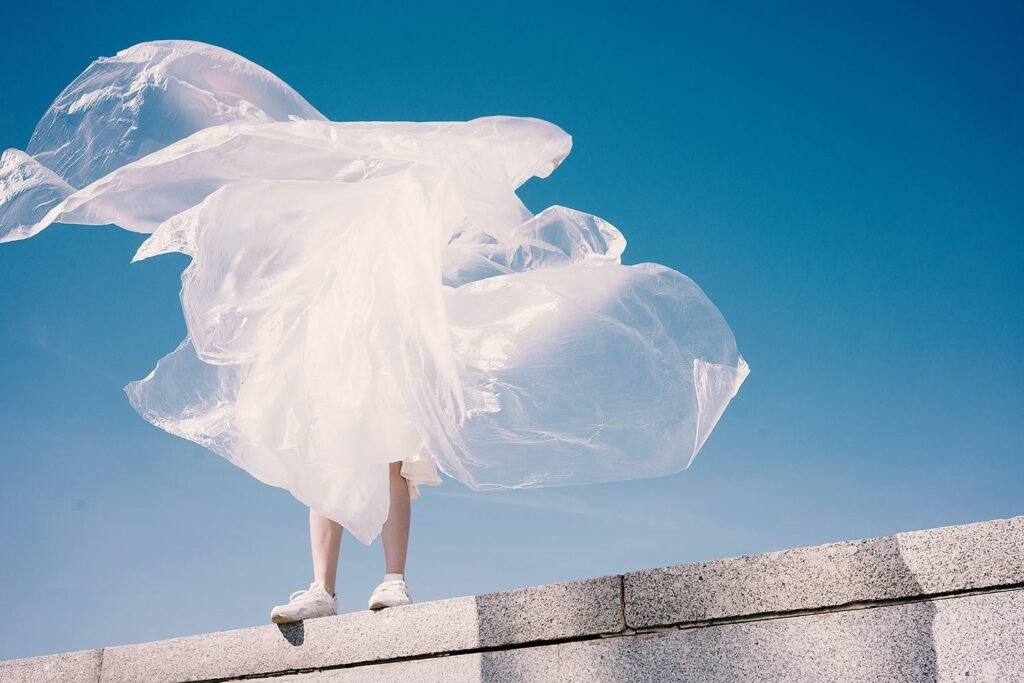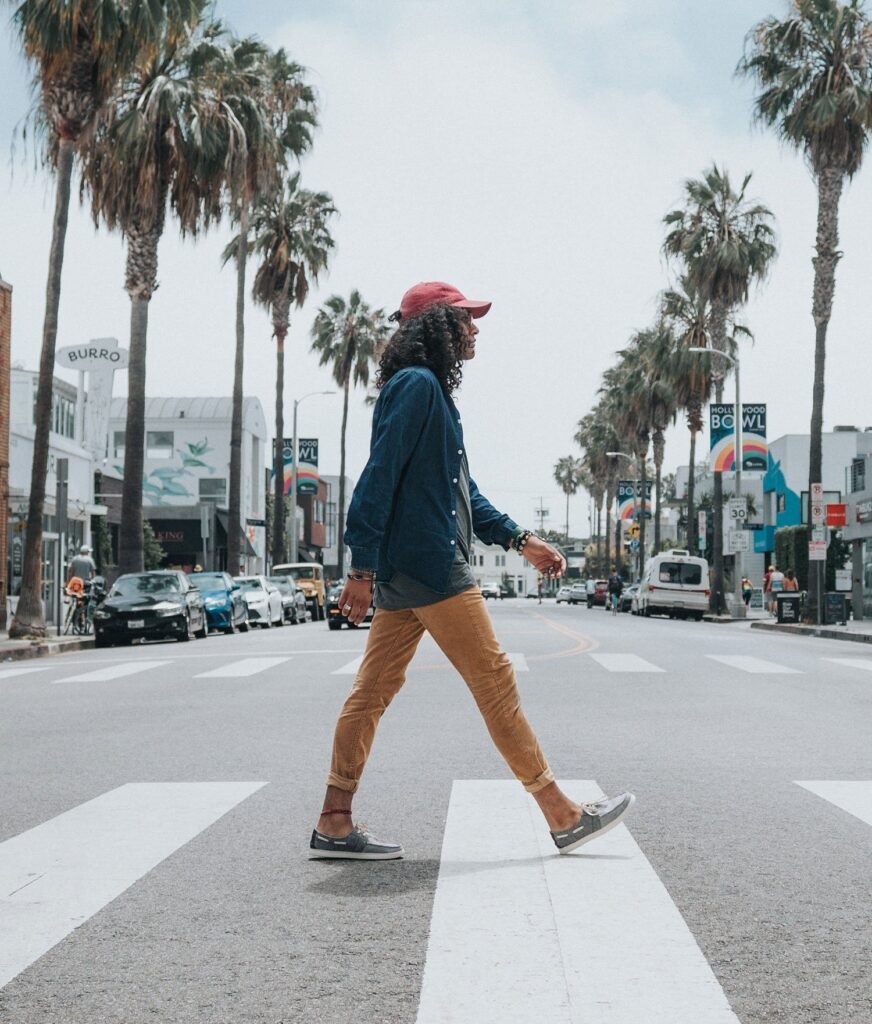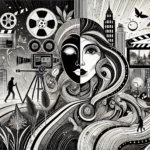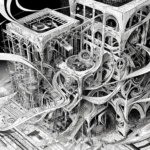Ai Weiwei – The Visionary of Political Activism Through Art
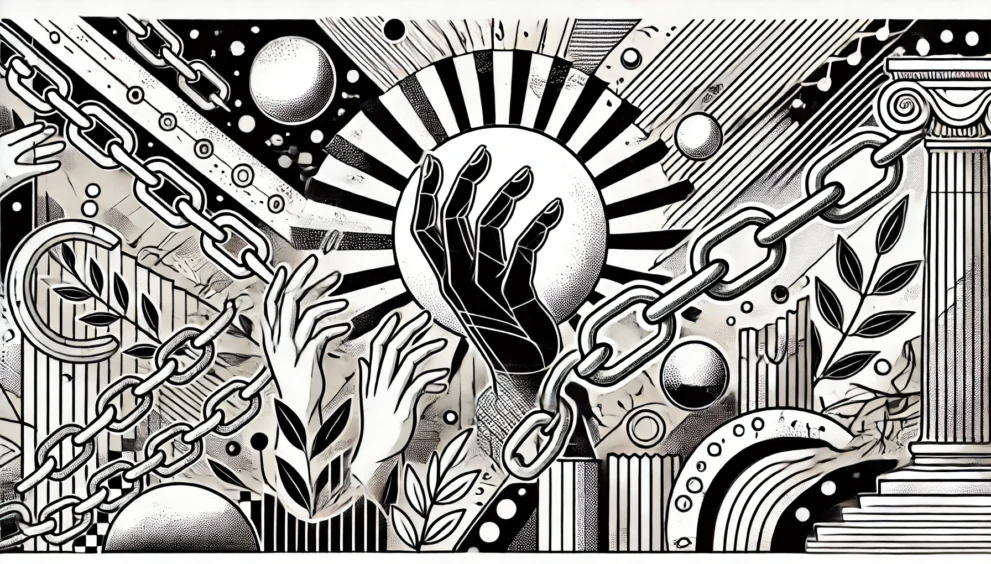
Ai Weiwei, the internationally renowned Chinese artist and activist, is a master of blending art with political commentary. From provocative installations to groundbreaking documentaries, Weiwei’s work serves as a powerful voice against oppression and injustice. His fearless approach to tackling human rights issues has not only reshaped contemporary art but also inspired global conversations on freedom and democracy.
Early Life and Influences
Born in 1957 in Beijing, Ai Weiwei grew up during the tumultuous period of China’s Cultural Revolution. His father, Ai Qing, a celebrated poet, was exiled during this time, an experience that deeply influenced Weiwei’s worldview.
- Education and Artistic Beginnings:
- In the late 1970s, Weiwei co-founded the avant-garde art group “Stars” in Beijing, challenging traditional artistic norms in China.
- He later moved to the United States, where he was influenced by artists like Marcel Duchamp and Andy Warhol, further shaping his conceptual and provocative style.
Artistic Style and Themes
Ai Weiwei’s work spans various mediums, including sculpture, installation, photography, architecture, and film. His art is marked by its conceptual depth and fearless critique of authority.
Key Themes:
- Human Rights and Freedom:
- Weiwei’s art often highlights the plight of marginalized communities and calls attention to government oppression.
- Cultural Heritage and Loss:
- Many of his works incorporate traditional Chinese materials and techniques, juxtaposed with modern contexts to explore cultural erosion.
- Activism and Resistance:
- His installations and documentaries directly confront issues like censorship, migration, and state surveillance.
Notable Works
- “Sunflower Seeds” (2010):
- Displayed at Tate Modern in London, this installation featured 100 million hand-painted porcelain sunflower seeds, symbolizing individuality within a collective society while addressing mass production and cultural heritage.
- “Dropping a Han Dynasty Urn” (1995):
- In this performance, Weiwei dropped and shattered a 2,000-year-old urn, sparking debates about the value of tradition versus progress.
- “Trace” (2014):
- An installation at Alcatraz prison featuring portraits of political prisoners made from LEGO bricks, emphasizing human rights and freedom of speech.
- Documentary: “Human Flow” (2017):
- A powerful film that chronicles the global refugee crisis, showcasing the struggles and resilience of displaced individuals.
Impact and Recognition
Ai Weiwei’s art has transcended galleries and museums, influencing political and cultural discourse worldwide. Despite facing imprisonment and surveillance in China, he continues to use his platform to advocate for justice and human dignity.
Awards and Achievements:
- Václav Havel Prize for Creative Dissent.
- Featured in major exhibitions at the MoMA (New York), the Guggenheim Museum, and Art Basel.
- Named one of TIME magazine’s 100 most influential people.
Cultural Influence:
- Weiwei’s activism has inspired a new generation of artists to use their work as a tool for change.
Philosophy and Legacy
Ai Weiwei believes that art is inseparable from activism. His works challenge viewers to question authority, stand against injustice, and reflect on their roles in society. Through his art, Weiwei has redefined the purpose of creativity as a force for change.
Conclusion
Ai Weiwei’s fearless commitment to truth and justice makes him one of the most important artists and activists of our time. His work reminds us that art can be a powerful medium for resistance, storytelling, and change. As Weiwei continues to create and inspire, his legacy as a visionary who merges art with activism remains unparalleled.
What do you find most compelling about Ai Weiwei’s work? Share your thoughts in the comments below!













